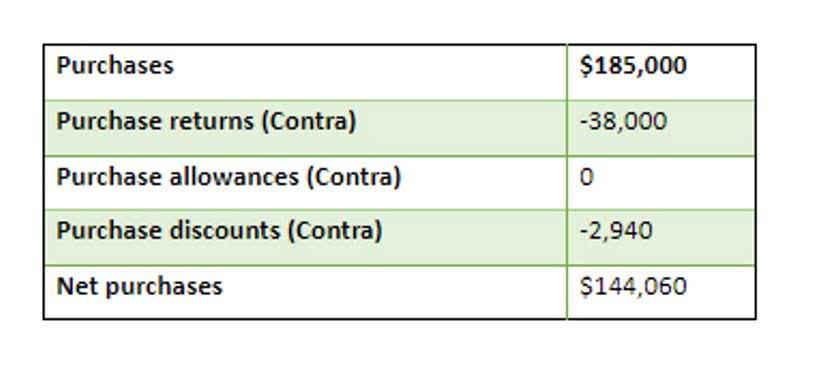
LO
3.5Post the following February transactions to T-accounts for Accounts Receivable and Cash, indicating the ending balance (assume no beginning balances in these accounts). LO
3.1For the following accounts please indicate whether the normal balance is a debit or a credit. Chartered accountant Michael Brown is the founder and CEO of Double Entry Bookkeeping. He has worked as an accountant and consultant for more than 25 years and has built financial models for all types of industries.
- The same entry will credit its liability account Notes Payable for $10,000 since that account balance is also increasing.
- Overdraft fees can be substantial, so account holders need to be aware of their remaining account balances before issuing checks.
- LO
3.2Provide the missing amounts of the accounting equation for each of the following companies. - It would be quite unusual for any of these accounts to have a debit balance.
- A debit balance is a negative cash balance in a checking account with a bank.
Harold Averkamp (CPA, MBA) has worked as a university accounting instructor, accountant, and consultant for more than 25 years. LO
3.5Prepare journal entries to record the following transactions. LO
3.5Journalize for Harper and Co. each of the following transactions or state no entry required and explain why. A debit balance is the remaining principal amount of debt owed to a lender by the borrower.
Contra Accounts
The double-entry system needs that the general ledger account balances have the total of the debit balances equal to the total of the credit balances. This happens because every transaction must have the debit amounts equal to the credit amounts. A debit balance is an account balance where there is a positive balance in the left side of the account. Accounts that normally have a debit balance include assets, expenses, and losses.
Examples of these accounts are the cash, accounts receivable, prepaid expenses, fixed assets (asset) account, wages (expense) and loss on sale of assets (loss) account. Contra accounts that normally have debit balances include the contra liability, contra equity, and contra revenue accounts. An example of these accounts is the treasury stock (contra equity) account. which set of accounts below would have a normal debit balance? Each of the accounts in a trial balance extracted from the bookkeeping ledgers will either show a debit or a credit balance. The normal balance of any account is the balance (debit or credit) which you would expect the account have, and is governed by the accounting equation. A debit balance is a negative cash balance in a checking account with a bank.
Log in to watch this video …and 100,000,000 more!
LO
3.1Identify the normal balance for each of the following accounts. LO
3.2Consider the following accounts, and determine if the account is an asset (A), a liability (L), or equity (E). Assets are properties that are utilized for generating income for a business and are purchased for a long period of time. LO
3.2Provide the missing amounts of the accounting equation for each of the following companies. Double Entry Bookkeeping is here to provide you with free online information to help you learn and understand bookkeeping and introductory accounting.

These accounts are contained within the liability and equity sections of the balance sheet, and the revenue section of the income statement. It would be quite unusual for any of these accounts to have a debit balance. LO
3.2Cromwell Corporation has the following trial balance account balances, given in no certain order, as of December 31, 2018.
Using the Normal Balance
The double-entry system requires that the general ledger account balances have the total of the debit balances equal to the total of the credit balances. This occurs because every transaction must have the debit amounts equal to the credit amounts. For example, if a company borrows $10,000 from its local bank, the company will debit its asset account Cash for $10,000 since the company’s cash balance is increasing. The same entry will credit its liability account Notes Payable for $10,000 since that account balance is also increasing. For instance, if a company borrows $10,000 from its local bank, the agency will debit its asset account Cash for $10,000 since the company’s cash balance is increasing. The same entry will credit its liability account Notes Payable for $10,000 since that account balance is also enhancing.
- LO
3.4Identify whether ongoing transactions posted to the following accounts would normally have only debit entries (Dr), only credit entries (Cr), or both debit and credit entries (both). - An example of these accounts is the treasury stock (contra equity) account.
- LO
3.6Prepare an unadjusted trial balance, in correct format, from the alphabetized account information as follows. - LO
3.5Discuss how each of the following transactions for Watson, International, will affect assets, liabilities, and stockholders’ equity, and prove the company’s accounts will still be in balance. - Although each account has a normal balance in practice it is possible for any account to have either a debit or a credit balance depending on the bookkeeping entries made.
